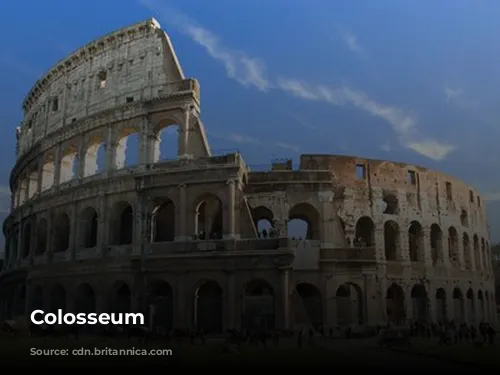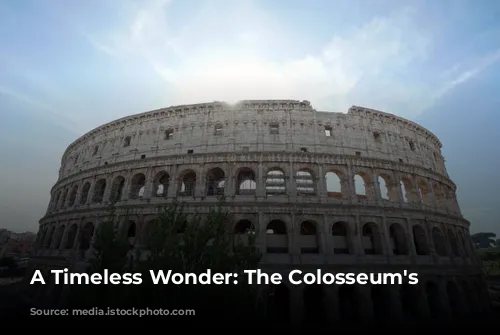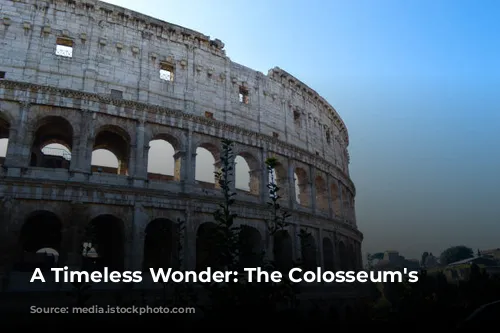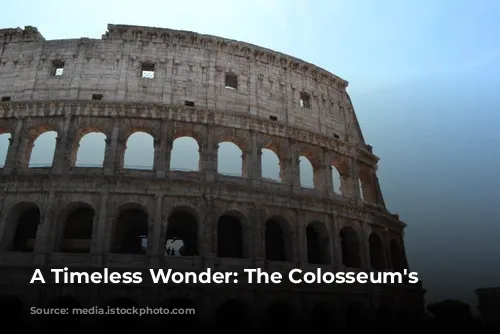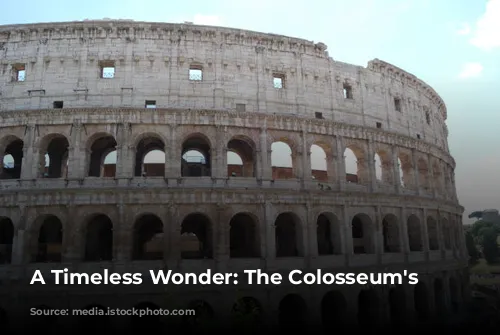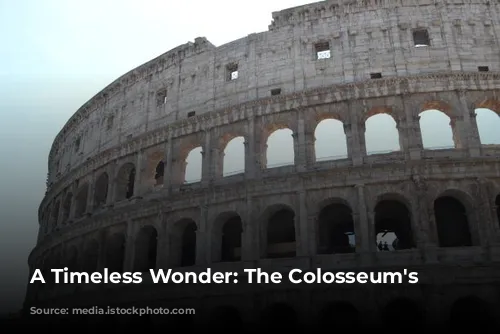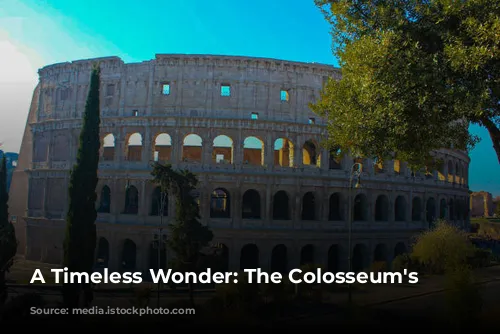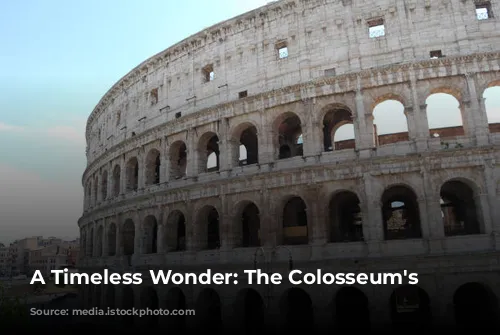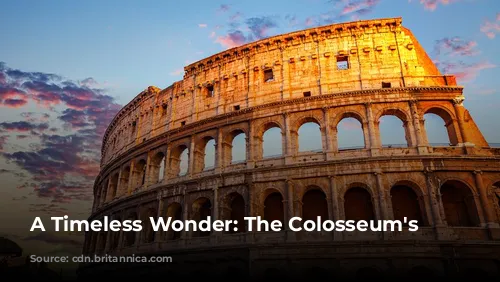The Colosseum stands tall as a remarkable testament to the Romans’ architectural and engineering brilliance. It is one of the few remaining structures from the Roman Empire that remains mostly intact, serving as a time capsule of ancient Rome’s grandeur. Beyond its historical significance, the Colosseum is also a significant contributor to Italy’s economy, attracting millions of tourists each year. In 2018, the Colosseum, Roman Forum, and Palatine Hill generated a staggering $63.3 million (€53.8 million) in revenue, making it the most lucrative tourist attraction in Italy.
This article explores the Colosseum’s rich history, highlighting its construction, purpose, and transformation over centuries.
From Arena to Fortress: The Colosseum’s Shifting Purpose
The Colosseum’s journey through time is a captivating tale of resilience and transformation. After the fall of the Western Roman Empire, the Colosseum fell into a state of disrepair. The 12th century saw the Frangipane and Annibaldi families repurposing the arena as their fortress, its grand purpose replaced by a fortress of power. In the late 15th century, Pope Alexander VI permitted the Colosseum to be used as a quarry, stripping it of its beauty and grandeur.
The Colosseum was left to decay and neglect for over a thousand years, its once-glorious architecture slowly crumbling under the weight of time. Fortunately, in the 1990s, state-funded restoration efforts breathed new life into the ancient monument, embarking on a journey of revival and preservation.
A Symbol of Imperial Power: Construction and Purpose
The Colosseum’s construction was a symbol of imperial ambition and a testament to the might of the Roman Empire. Emperor Vespasian, determined to revitalize Rome after the tumultuous year of the four emperors (69 CE), embarked on this ambitious project.
The Colosseum was built as an entertainment venue for the Roman people, a place where gladiatorial contests, animal hunts, and even mock naval battles captivated audiences. Vespasian envisioned it as a place of spectacle and grandeur, a way to divert the populace from their daily troubles and strengthen their loyalty to the empire.

From Humble Beginnings to a Monumental Structure
Construction of the Colosseum commenced under Vespasian’s reign between 70 and 72 CE. His son and successor, Titus, dedicated the completed structure in 80 CE, marking a milestone in Roman history. Emperor Domitian added the Colosseum’s fourth story in 82 CE, showcasing the empire’s continuous development and growth.
The Colosseum’s construction was financed by the plunder acquired from Titus’s conquest of Jerusalem in 70 CE, a stark reminder of the empire’s military prowess and its impact on conquered territories. It was built by enslaved Jews from Judaea, a dark testament to the realities of the Roman Empire.
A Colossal Structure: The Colosseum’s Architecture and Design
The Colosseum, also known as the Flavian Amphitheater, stands as a masterpiece of Roman architecture. It is an elliptical structure, built with a combination of stone, concrete, and tuff. The Colosseum towers at a height of four stories, spanning an impressive 620 by 513 feet (189 by 156 meters). This vast structure could accommodate as many as 50,000 spectators, making it a monumental stage for the spectacles that unfolded within its walls.
The Colosseum’s design features a complex system of barrel and groin vaults, a testament to Roman engineering brilliance. Its exterior is adorned with three tiers of arcades, each featuring columns in the Doric, Ionic, and Corinthian orders, reflecting the sophistication and beauty of Roman architectural styles.
Spectacles and Entertainment: The Colosseum’s Purpose
The Colosseum was renowned for its spectacular displays of gladiatorial combat, man-vs-beast contests, and even mock naval battles. These events provided entertainment for the masses, showcasing the empire’s strength and dominance.
The Colosseum’s massive retractable awning, known as the velarium, shielded spectators from the sun, demonstrating the Romans’ ability to create innovative solutions for comfort and convenience. The Colosseum was a powerful symbol of the Roman Empire’s might and its ability to entertain and enthrall its citizens.
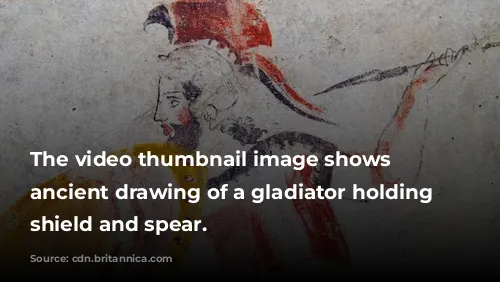
A Long Legacy: The Colosseum’s Transformations and Preservation
Throughout its existence, the Colosseum has witnessed multiple transformations. After the fall of the Roman Empire, it was used as a church, then as a fortress by powerful families. Over time, the Colosseum suffered damage from lightning, earthquakes, and even vandalism, leaving it in a state of disrepair. Its marble seats and decorative materials were stripped away, turning the once-glorious monument into a quarry.
Fortunately, in the 19th century, the Colosseum’s preservation began in earnest, with Pius VIII spearheading notable efforts. Restoration efforts in the 1990s further revitalized this iconic landmark.
Today, the Colosseum stands as a testament to the resilience of human history, attracting millions of visitors every year who come to experience its magnificent architecture and its captivating history. Regular exhibitions featuring Roman culture further enhance its appeal, ensuring that its legacy continues to inspire and captivate generations to come.
